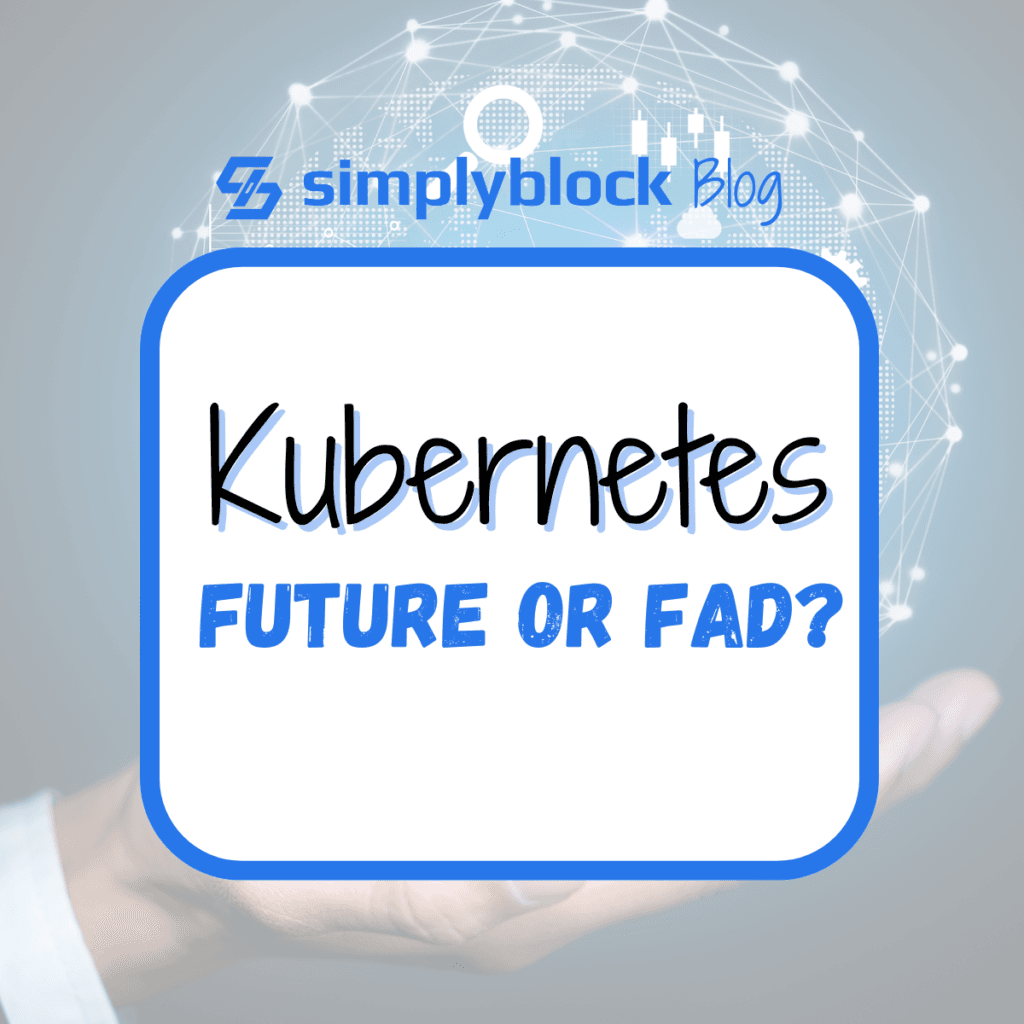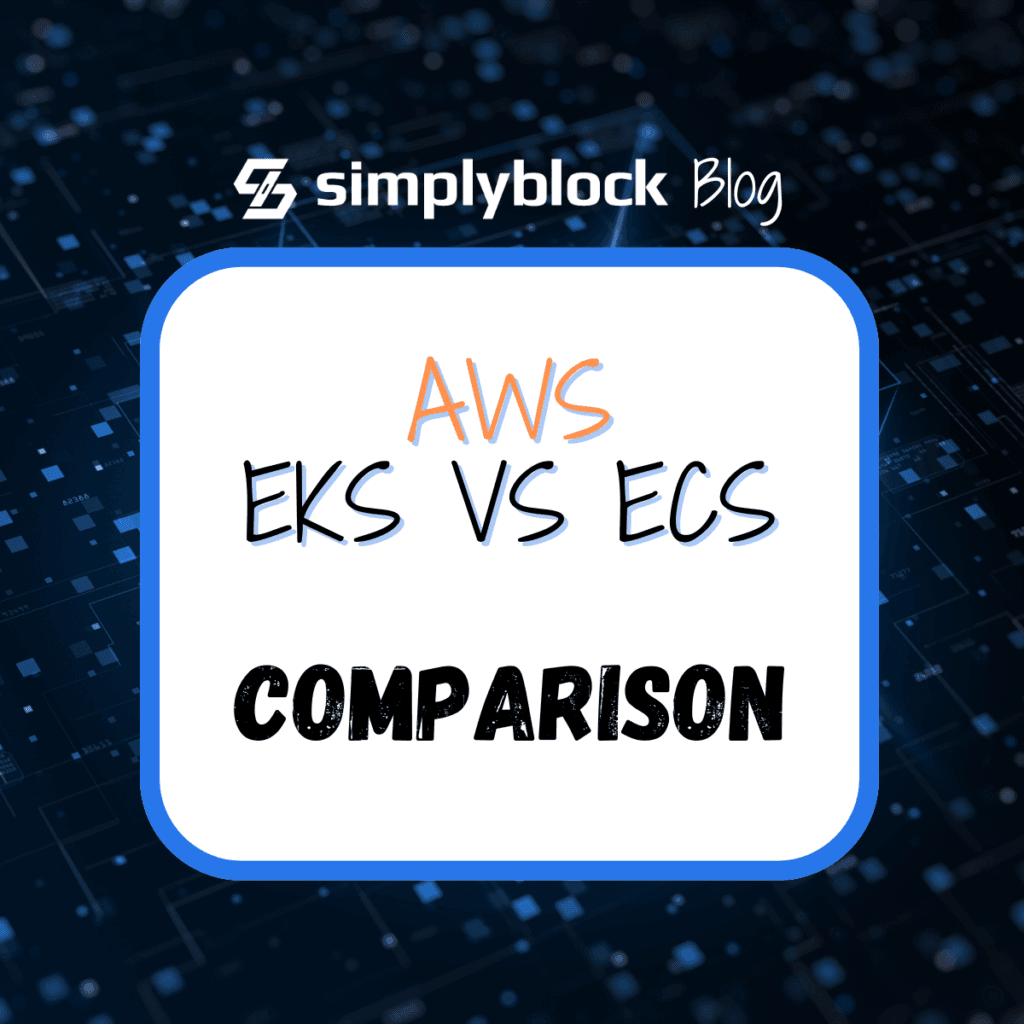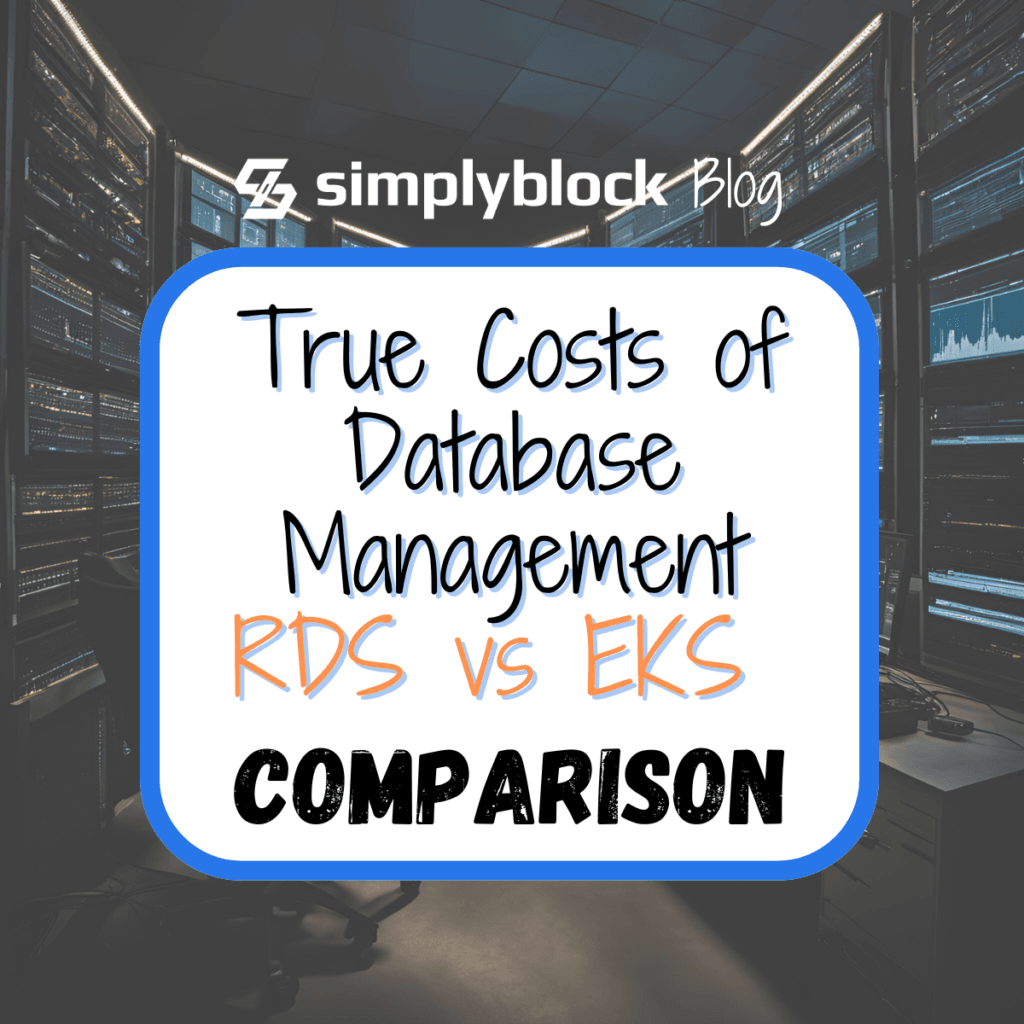
Kubernetes has pretty much become synonymous with container orchestration, and all competition is either assimilated (or rewritten to be based on Kubernetes, see Openshift), or basically disappeared into the void (sorry Nomad). Does that mean that development will slow down now? Or is it the beginning of something even bigger? Maybe Kubernetes is on the verge of becoming a generic name, just like Kleenex, or maybe a verb like “to google”.
Years ago, somebody asked me in an interview what I think of Docker, and if I see a future for containerization. At the time my answer was quick and easy. First of all, containerization wasn’t a new concept. BSD, Solaris, as well as other systems had them for years. They were kind of new to Linux though (at least in a widespread fashion), so they were here to stay. It was the next logical evolutionary step to virtualization. Docker, however, at least in my mind, was different. Towards Docker I simply answered “it’s the best tool we have today, but I hope it won’t be the final solution we can come up with.” While Docker turned around and is just coming back, the tooling we use today is unanimously built upon the specs defined by the open container initiative (OCI) and its OCI image format.
So what will the future hold for Kubernetes? Is it going to stay or is it going to step into the abyss and will it “just be another platform that was replaced by something else”, as Michael Levan wrote in The Future of Kubernetes .
The Rise of Kubernetes
Jokingly, when looking up container orchestration in the dictionary, you’ll probably find the synonym Kubernetes, but it took Kubernetes about a decade to get to where it is today.
Initially built by Google on the key learnings of Borg, Google’s internal container orchestration platform, K8s was released in September 2014. By the release of Kubernetes, Borg itself was already over a decade old. By 2013 many of the original team members of the Borg started to look into the next step. Project 7 was born.
At its release, Kubernetes was still using Docker underneath. A combination that most probably helped elevate Kubernetes popularity. Docker was extremely popular at the time, but people started to find insufficiencies when trying to organize and run large numbers of containers. Kubernetes was about to fix it. With its concepts of building blocks, independently deployed and the actors (or agents) it was easy to extend but still understandable. In addition, resources are declarative by nature (written as JSON or YAML files), which enables version control of those definitions.
Ever since the release, K8s enabled more and more use cases, hence more companies started using it. I think a major step for the adoption was the release of Helm in 2016 which simplified the deployment process for more complex applications and enabled an “out of the box” experience. Now Kubernetes was “easy” (don’t quote me on easy though!).
Today every cloud provider, and their mothers offer a managed Kubernetes environment. Due to a set of standard interfaces, those services are mostly interchangeable. One of the big benefits of Kubernetes. Anyhow, it’s only mostly. The small inconsistencies and implementations or performance differences may give you quite the time of your life. Not the good one though. But let’s call it “run everywhere”, because it mostly is.
A great overview of the full history of Kubernetes, with all major milestones, can be found at The History of Kubernetes by Ferenc Hámori .
Kubernetes, Love or Hate
When we look into the community, opinions on Kubernetes diverge. Many people point out the internal (yet hidden) complexity of Kubernetes. A complexity which only increases with new features and additional functionality (also third-party) being added. This complexity is real, a reason why folks like Kelsey Hightower or Abdelfettah Sghiouar call Kubernetes a platform to build platforms (listen to our Cloud Commute podcast episode with Abdelfettah ), meaning it should be used by the cloud providers (or company internal private cloud teams) to build a platform for container deployment, but it shouldn’t be used by the developers or just everyone. However, Kelsey also claimed that Kubernetes is a good place to start, not the endgame.

On the other end of the spectrum you have people that refer to Kubernetes as the operating system of the cloud area. And due to the extensibility and feature richness, they’re probably not too far off. Modern operating systems have mostly one job, abstract away the underlying hardware and its features. That said, Kubernetes abstracts away many aspects of the cloud infrastructure and the operational processes necessary to run containers. In that sense, yes, Kubernetes is probably a Cloud OS. Especially since we started to see implementations of the Kubernetes running on operating systems other than Linux. Looking at you Microsoft.
If you’re interested in learning more about the idea of Kubernetes as a Cloud OS, Natan Yellin from Robusta Dev wrote a very insightful article named Why Kubernetes will sustain the next 50 years .
What are the next Steps?
The most pressing questions for Kubernetes as it stands today, what will be next? Where will it evolve? Are we close to the end of the line?
Looking back at Borg, a decade in, Google decided it was time to reiterate on orchestration, and build upon the lessons learned. Kubernetes is about to hit its 10 year anniversary soon. So does that mean it’s time for another iteration?
Many features in Kubernetes, such as secrets, were fine 10 years ago. Today we know that an encoded “secret” is certainly not enough. Temporary user accounts, OIDC, and similar technologies can and are integrated into K8s already, increasing the complexity of it.
Looking beyond Kubernetes, technology always runs in three phases, the beginning or adoption phase, the middle where everyone “has” to use it, and the end, where companies start to phase it out. Personally, I feel that Kubernetes is at its height right now, standing right in the middle.
That doesn’t give us any prediction about the time frame for hitting the end though. At the moment it looks like Kubernetes will keep going and growing for a while. It doesn’t show any signs of slowing down.
Other technologies, like micro virtual machines, using kata containers or Firecracker , are becoming more popular, offering higher isolation (hence security), but aren’t as efficient. The important element though, they offer a CRI compatible interface. Meaning, they can be used as an alternative runtime underneath Kubernetes.
In the not too distant future, I see K8s offering multiple runtime environments, just as it offers multiple storage solutions today. Enabling running simple services in normal containers, but moving services with higher isolation needs to micro VMs.
And there are other interesting developments, based on Kubernetes, too. Edgeless Systems implements a confidential computing solution, provided as a K8s distribution named Constellation. Confidential computing makes use of CPU and GPU features that help to hardware-encrypt memory, not only for the whole system memory space, but per virtual machine, or even per container. That enables a whole set of new use cases, with end to end encryption for highly confidential calculations and data processes. While it’s possible to use it outside Kubernetes, the orchestration and operation benefits of running those calculations inside containers, making them easy to deploy and update. If you want to learn more about Constellation, we had Moritz Eckert from Edgeless Systems in our podcast not too long ago.
Future or Fad?
So, does Kubernetes have a bright future and will stand for the next 50 years, or will we realize that it is not what we’re looking for very soon-ish.
If somebody would ask me today what I think about Kubernetes, I think I would answer similarly to my Docker answer. It is certainly the best tool we have today, making it the to-go container orchestration tool of today. Its ever increasing complexity makes it hard to see the same in the future though. I think there are a lot of new lessons learned again. It’s probably time for a new iteration. Not today, not tomorrow, but somewhere in the next few years.
 Maybe this new iteration isn’t an all new tool, but Kubernetes 2.0, who knows – but something has to change. Technology doesn’t stand still, the (container) world is different from what it was 10 years ago.
Maybe this new iteration isn’t an all new tool, but Kubernetes 2.0, who knows – but something has to change. Technology doesn’t stand still, the (container) world is different from what it was 10 years ago.
If you asked somebody in the beginning of containerization, it was all about how containers have to be stateless, and what do we do today? We deploy databases into K8s, and we love it. Cloud-nativeness isn’t just stateless anymore, but I’d argue a good one-third of the container workloads may be stateful today (with ephemeral or persistent state), and it will keep increasing. The beauty of orchestration, automatic resource management, self-healing infrastructure, and everything in between is just too incredible to not use it for “everything”.
Anyhow, whatever happens to Kubernetes itself (maybe it will become an orchestration extension of the OCI?!), I think it will disappear from the eyes of the users. It (or its successor) will become the platform to build container runtime platforms. But to make that happen, debug features need to be made available. At the moment you have to look way too deep into Kubernetes or agent logs to find out and fix issues. The one who never had to find why a Let’s Encrypt certificate isn’t updating may raise hand now.
To bring it to a close, Kubernetes certainly isn’t a fad, but I strongly hope it’s not going to be our future either. At least not in its current incarnation.
Questions and Answers
Yes. Kubernetes remains the leading orchestration platform for containerized workloads. Its wide adoption, extensibility, and strong community support make it a cornerstone of modern cloud-native infrastructure—not a passing fad.
Kubernetes offers unmatched scalability, automation, and portability across hybrid and multi-cloud environments. It supports dynamic scaling, automated rollouts, and persistent storage integration through CSI, making it ideal for both stateless and stateful applications.
Complexity, storage management, and security are top challenges. However, solutions like simplyblock for Kubernetes simplify persistent volume provisioning, data-at-rest encryption, and high-performance storage for production-ready environments.
Absolutely. With the right operators and high-performance block storage, Kubernetes can run stateful workloads like PostgreSQL or MongoDB efficiently. Features like volume snapshots and dynamic provisioning are now mature enough for production use.
The future lies in better developer experience, AI/ML integration, and platform engineering. As storage, security, and scalability mature, Kubernetes will continue to evolve as the backbone for modern applications and cloud infrastructure.



